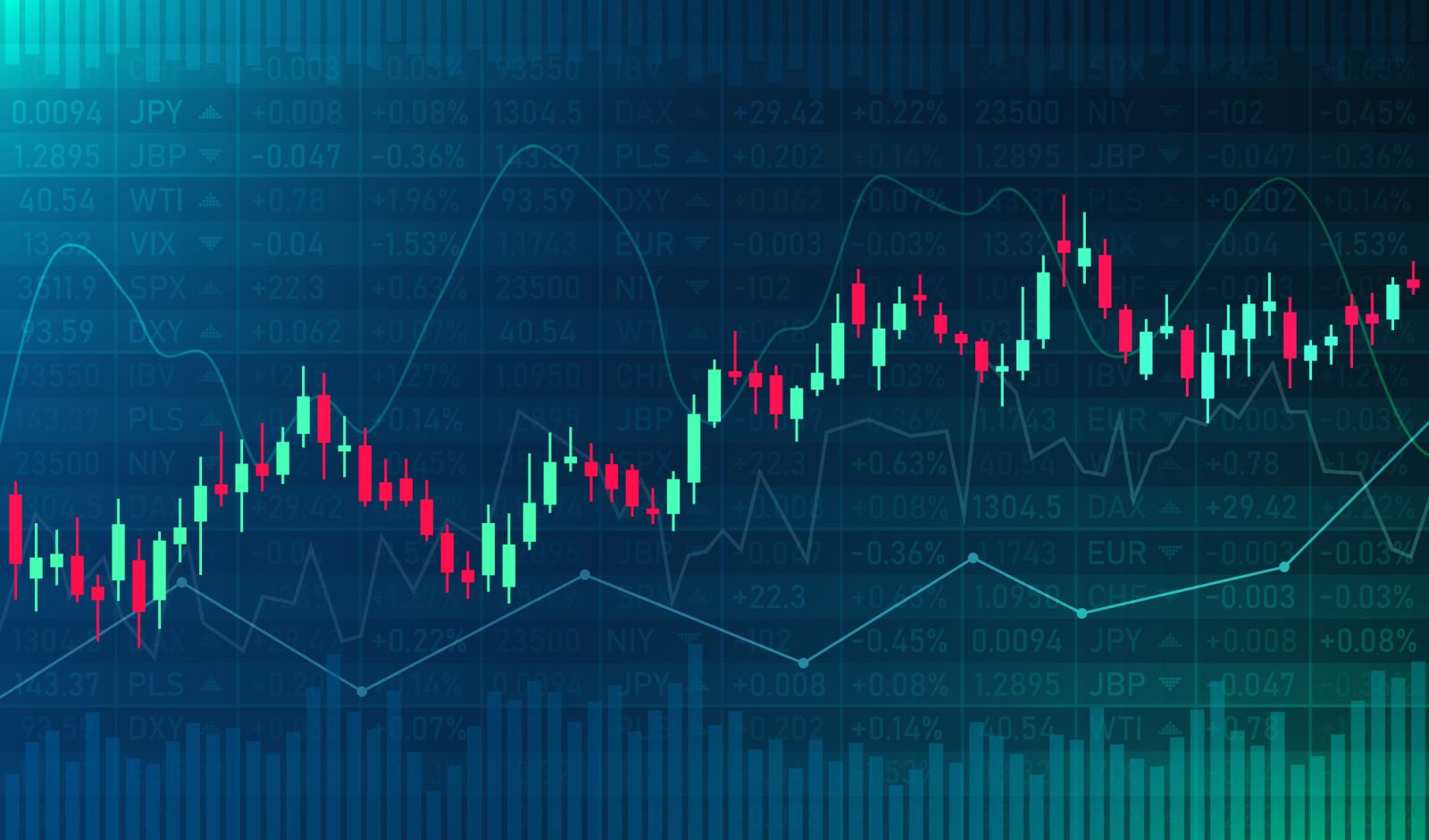
I’ve written a lot about the lumber market on Barchart over the past year. It has been a newsworthy commodity as the price has moved dramatically higher and lower, and then higher again. Nearby lumber futures reached an all-time high at over $1700 per 1,000 board feet in May 2021. The price then imploded, falling to a low below $500 in August 2021. In February 2021, the price stopped short of $1,500, triple the August low, and a bit over $200 below the all-time high.
In December 2021, I wrote, “if lumber is telling us that copper and crude oil, two of the other leading industrial commodities, are at or near lows, we could see similar rallies over the coming weeks and months. Lumber is a bellwether commodity. Ignore the price action at your risk.”
Lumber continues to flash warning signals for commodities. Lumber’s recent rally that took it to highs in late February came before crude oil rose to its highest level since 2008, and copper made a new high at over $5 per pound last week. The commodities market remains in a bullish relay race, with one raw material passing the torch to the other. Lumber has been an excellent market to monitor as its predictive abilities remain excellent.
Lumber tripled and ran out of steam
In August 2021, lumber reached a bottom. After rising to an all-time high three months early in May, the price of nearby wood futures fell off the side of a bearish cliff.

As the chart shows, the nearby lumber futures contract fell from $1711.20, the all-time high, to $448 per 1,000 board feet. The price declined took lumber to under one-third price on an express elevator.
Meanwhile, lumber turned higher after the August 2021 low, and by March 2022, the price was three times higher. Nearby lumber futures reached $1477.40, over triple the price at the August bottom.
Significant supply concerns pushed the lumber market into a severe backwardation, with nearby prices at a steep premium to deferred prices. The lumber futures price for May delivery was at the $1,150 per 1,000 board feet level on March 16.

As the chart shows, the lumber market’s forward curve shows progressively lower prices out to the March 2023 contract.
Copper and oil exploded and corrected
Lumber turned higher in August 2021, sending a sign to copper and crude oil, two other industrial commodities. Lumber futures reached a bottom in August 2021, and the price made higher lows and higher highs into 2022. Copper followed lumber as it reached a record a high of $4.8985 per pound in May 2021 and fell to a low below $4 in August.

The chart shows copper rose from the August 2021 low to a new record high in March at over $5 per pound before correcting to the $4.60 level

Crude oil, the energy commodity that powers the world, corrected to a low of $61.74 in August 2021 and a higher low of $62.43 in December before exploding and more than doubling in price. Nearby crude oil futures reached a fourteen-year high at $130.50 per barrel in March 2022 before pulling back to the $96.60 level.
Crude oil and copper have moved with the lumber market, which continues to lead the price action of other industrial raw materials.
Russia is a significant lumber producing country
The lumber futures market tends to focus on supplies from Canada and the US, the top two world timber-producing countries. Sweden, Finland, and Germany are third, fourth, and fifth, with Russia sixth.
The war in Ukraine will likely reduce worldwide wood supplies as there are already supply shortages.
Three factors that support lumber prices
July lumber futures fell from a high of $1204.70 on March 4.

As the chart highlights, July lumber was trading at the $1,008 per 1,000 board feet level on March 16, 16.3% below the May 4 high. Meanwhile, at least three factors continue to supply the wood price after the recent price correction:
- The US housing supply remains historically low even as interest rates are rising. The demand for new homes remains robust, requiring more lumber.
- Inflation continues to increase. The latest US CPI data showed that inflation was at the 7.9% level, the highest in over four decades. The Fed will boost the Fed Funds Rate by 25 basis points this week, which is a drop in the bucket considering rising prices. Real interest rates remain in negative territory, which will continue to fuel the economic condition.
- Labor shortages, rising fuel, and other input prices will put upward pressure on lumber. Moreover, the war in Ukraine, sanctions on Russia, and retaliation over those sanctions mean that lumber supplies will struggle to keep pace with the demand.
Before 2017, lumber futures never traded above the $493.50 level. The August 2021 $448 low was under that price, but lumber bounced and remains at double that level in mid-March 2022.
A commodity for watching, not for participating
Lumber’s open interest and daily volume make trading, hedging, or investing in lumber challenging. Over the past month, there have been more than a handful of limit-up or limit-down moves in the nearby lumber futures contract, making it impossible for any market participants holding a losing position to exit the market.
However, lumber is a barometer for other industrial commodities as it tends to be a leader. The lack of liquidity causes dramatic price moves, which often lead the other industrial raw material markets. Watch lumber, but think twice before dipping a toe in the futures arena on the long or the short side.





/A%20Palantir%20office%20building%20in%20Tokyo_%20Image%20by%20Hiroshi-Mori-Stock%20via%20Shutterstock_.jpg)
/Advanced%20Micro%20Devices%20Inc_%20office%20sign-by%20Poetra_RH%20via%20Shutterstock.jpg)

/AI%20(artificial%20intelligence)/Businessman%20touching%20the%20brain%20working%20of%20Artificial%20Intelligence%20(AI)%20Automation%20by%20Suttiphong%20Chandaeng%20via%20Shutterstock.jpg)